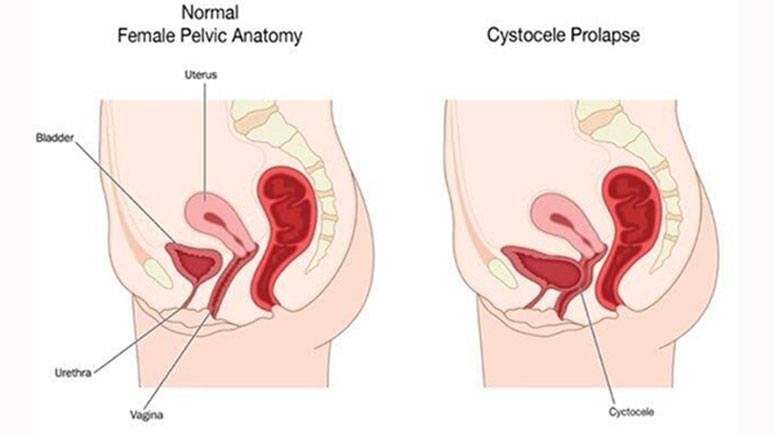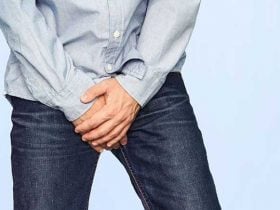Overview

The bladder is an organ in the body that stores urine. It is when the bladder is full and there’s pressure on it that causes the urge to urinate. During urination, the urine travels from the bladder and out of the body through the urethra.
In women, the front wall of the vagina supports the bladder. This wall tends to weaken or loosen with age. Significant bodily stress such as childbirth can also damage this part of the vaginal wall. If it deteriorates enough, the bladder can prolapse, which implies there’s no more support which causes it to descend into the vagina. This can cause issues such as difficulty urinating, discomfort, and stress incontinence (urine leakage caused by sneezing, coughing, and exertion, for example).
Prolapsed bladders also known as cystoceles or fallen bladders are separated into four grades based on how far the bladder drops into the vagina.
- Grade 1 (mild): Only a small portion of the bladder droops into the vagina.
- Grade 2 (moderate): The bladder droops enough to be able to reach the opening of the vagina.
- Grade 3 (severe): The bladder protrudes from the body through the vaginal opening.
- Grade 4 (complete): The entire bladder protrudes completely outside the vagina; usually associated with other forms of pelvic organ prolapse (uterine prolapse, rectocele, enterocele).
A lot of women experience prolapsed bladder during menopause [1]. Prior to menopause, women’s bodies create the hormone estrogen [2], which helps keep the muscles in and around the vagina strong. After menopause women’s bodies stop creating as much estrogen, causing those muscles to weaken as a result.













